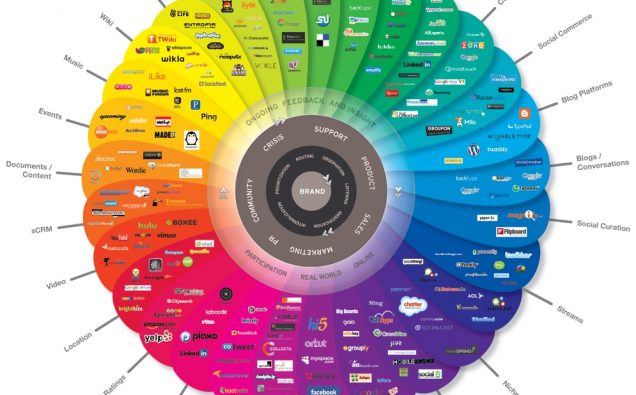
Marketing companies and individuals have never had so much data to make use of, as they have now.
Yet in the fast data-driven field of marketing, the immediate future presents a landscape filled with opportunities and challenges.
In the wake of a raft of cyber thefts, mounting privacy concerns and unauthorized sale of user data to third parties by some companies, several Internet browsers are shutting off previously unbridled access to data.
What does that mean?
Broadly seen, for marketing companies and advertisers to have access to new data will face limitations.
“Marketers will find individual DMPs (data management platforms) will not be able to offer the same amount of data with the same level of accuracy as they did before. This will greatly affect marketers’ ability to target and segment their audiences accurately,” Pengfei Yi, Director, Data Science, Nielsen, says .
“In the meantime, DMP vendors will look for solutions that will enable them to compensate for this loss of data,” Yi adds in an array of opinions on the subject posted by Nielsen.
Secondly, companies that have already compiled data, as indeed the companies that have mined data already, will be in an advantageous position.
That, in turn, implies a greater reliance back on conventional data knowledge via direct studies, assessments, surveys and experiences of consumer preferences, brand trustworthiness and sales trends.
Tech giants like Google, social media platforms like Facebook and huge online retailers like Amazon will be in a constant research and data study mode.
The correlation between data and artificial intelligence depends on algorithms. So, the immediate future scenarios for marketing also depend on the quality, smartness and scope of data recognition and collection. Judging and exploiting the value of data will be a big upside for all innovators and entrepreneurs.
But sales also depend on a host of other factors ranging from supply-demand equation, reputation of businesses to the quality and variety of products they sell. Walmart, which runs more than 4700 brick-and-mortar stores across the United States, saw its e-commerce sales jump by sales in the U.S. jump 43% year-over-year during the quarter.
In view of multiple variables factoring into the success of businesses, integrated marketing – a combination of several online and direct physical avenues like in person networking and marketing – is likely to stay around, and may be the best answer to new challenges. That networking has no substitute may remain a critical factor.
That likely scenario may evolve but will probably stay as a constant, irrespective of the broad sweep and spread of the digital marketing, economy and online sales.
That means individual marketers and companies having expertise in both online and real world promotional campaigns like at events and networking opportunities to introduce and maximize business sales, products and services will be the most effective and sought-after advertising avenues.
Billboards, posters, company publications, and ads displayed on walls and public squares as well as networking events may complement online marketing and vice versa.
If AI-guided advertisement campaigns, online promoted content will not hold sway over marketing, will it help newspapers and the print magazines?
Having lost a huge share of advertisement earnings to the digital platforms, the good quality print media will have to target their right viewership in a much more focused way and make the best use of online platforms. For example, young millennials, with their purchasing power and trends, are likely to go for online shopping more than their seniors. So more the followers, the merrier for companies and influencers and opinion makers.
As for the local TV and newspapers, they may benefit form a more focused business approach via data and direct outreach.
















